

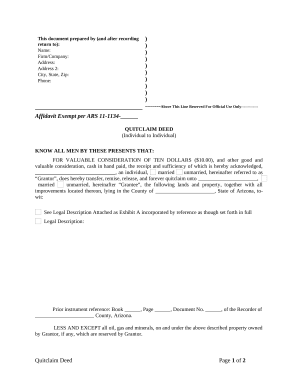
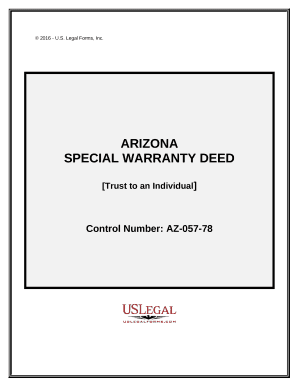
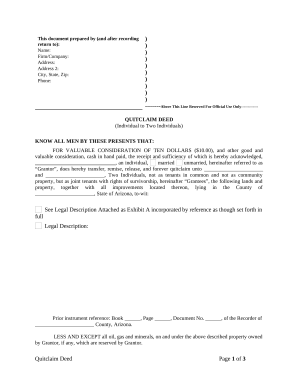
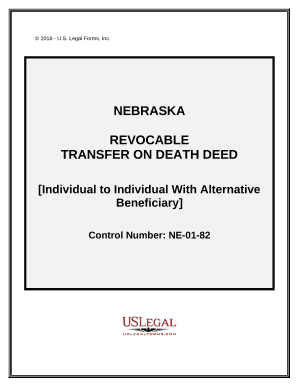

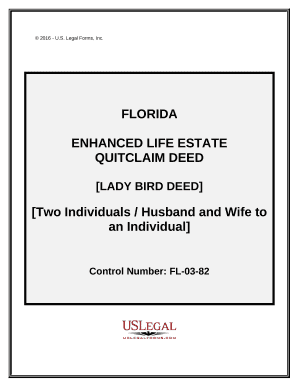
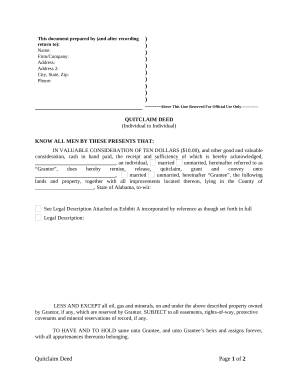

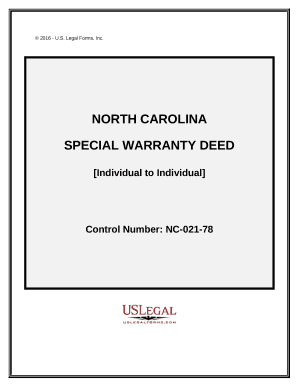
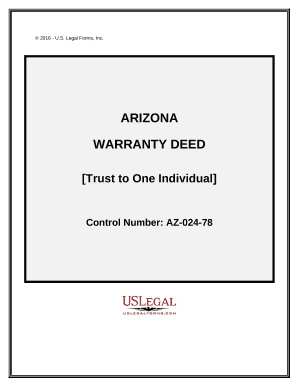

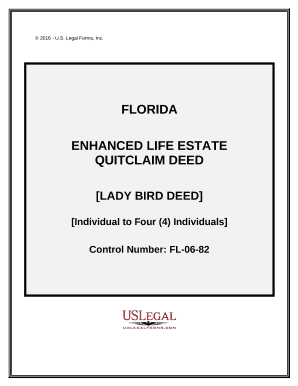

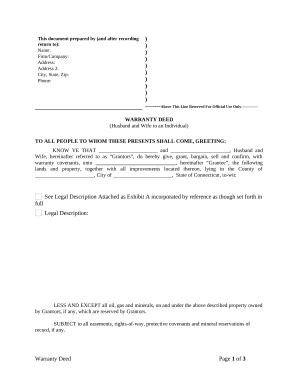

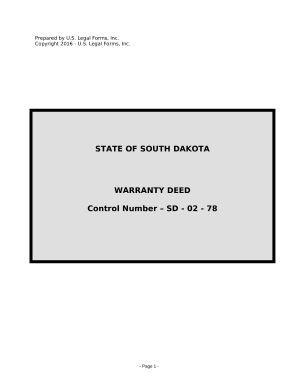
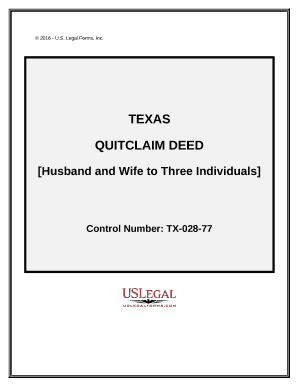
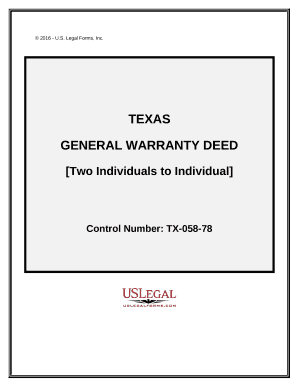
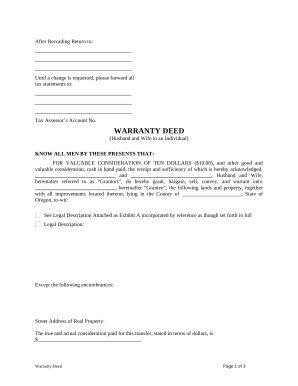




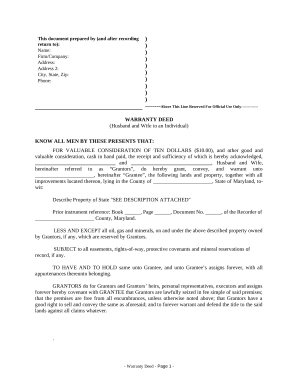
Your workflows always benefit when you are able to obtain all the forms and documents you may need at your fingertips. DocHub provides a huge selection of documents to relieve your everyday pains. Get a hold of Individual Property Transfer Deeds category and easily discover your form.
Begin working with Individual Property Transfer Deeds in a few clicks:
Enjoy seamless record managing with DocHub. Explore our Individual Property Transfer Deeds category and locate your form today!